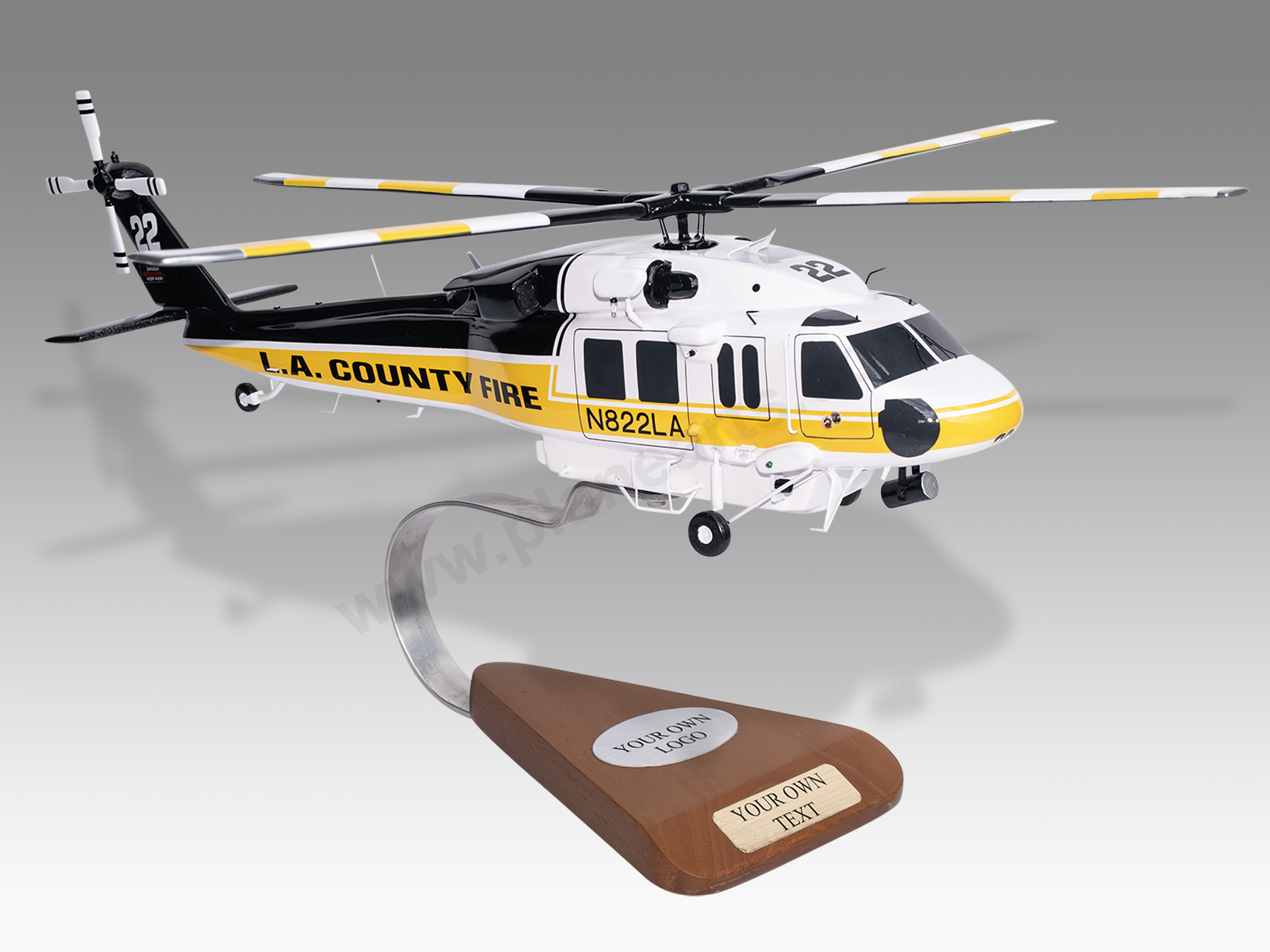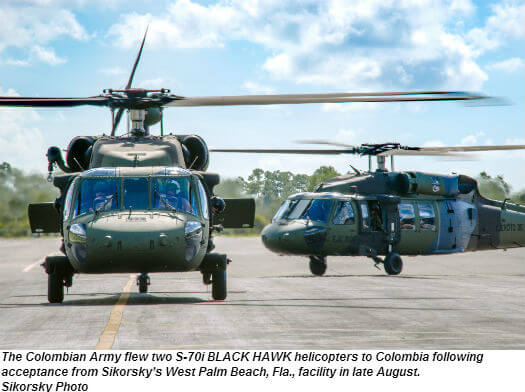High-Performance Multi-Role Rotorcraft Featuring Advanced Cockpit Technologies and Integrated Sensor Systems
The realm of rotorcraft modern technology has actually seen noteworthy innovations in current times, especially in the world of high-performance multi-role rotorcraft outfitted with advanced cockpit modern technologies and effortlessly incorporated sensing unit systems. These advancements have not only boosted the functional abilities of rotorcraft yet have actually also considerably affected modern-day aviation procedures on different fronts. From enhanced objective convenience to boosted functional performance, the convergence of innovative cabin innovations and integrated sensor systems has actually ushered in a new era of possibilities for rotorcraft applications. In the complying with conversation, we will check out the evolution of rotorcraft innovation, delve into the world of sophisticated cockpit innovations, and check out the effects of incorporated sensor systems on the operational convenience and efficiency of contemporary rotorcraft.
Development of Rotorcraft Innovation
The development of rotorcraft modern technology has actually been noted by significant advancements in the rules of aerodynamics, materials, and propulsion systems, forming the abilities and performance of modern rotorcraft. Wind resistant renovations have actually enhanced the effectiveness and ability to move of rotorcraft, enabling raised speed, agility, and stability during trip (sikorsky s 70). Innovations in materials, such as the usage of composite materials and advanced alloys, have actually caused lighter yet more powerful rotorcraft structures, enhancing total efficiency and longevity. Furthermore, advancements in propulsion systems, including much more effective engines and innovative propulsion technologies, have made it possible for rotorcraft to attain greater elevations, faster speeds, and better hauls.
These improvements have not only changed the abilities of rotorcraft but have likewise expanded their applications across various sectors, including army, commercial, and emergency situation solutions. The continuous advancement of rotorcraft modern technology remains to drive development in the field, pushing the boundaries of what is feasible and shaping the future of vertical flight.
Advanced Cockpit Innovations
Structure upon the fundamental innovations in aerodynamics, materials, and propulsion systems, the world of rotorcraft technology currently moves focus in the direction of introducing Advanced Cabin Innovations. The assimilation of advanced technologies within the cabin setting plays an essential duty in improving the operational abilities, safety, and performance of contemporary rotorcraft. sikorsky s 70. Advanced Cockpit Innovations encompass a wide range of functions made to supply pilots with improved situational recognition, structured information administration, and intuitive control interfaces
One of the vital improvements in cabin style is the execution of glass cabins, which replace standard analog determines with high-resolution display screens. These digital systems supply adjustable designs, real-time information integration, and improved readability, enabling pilots to gain access to crucial details at a glimpse. Progressed avionics systems, such as fly-by-wire controls and boosted fact screens, are transforming how pilots engage with the aircraft, enabling for specific control and enhanced decision-making capacities.


Incorporating sophisticated cabin technologies not just improves pilot efficiency but likewise adds to overall objective efficiency and security in complicated functional settings. By leveraging modern modern technologies within the cabin, rotorcraft manufacturers are establishing new requirements for functional quality and mission success.
Integrated Sensor Systems
With the advancement of rotorcraft technology, the integration of advanced Integrated Sensor Solution has ended up being vital in enhancing functional performance and security. These Integrated Sensor Equipments incorporate a wide array of innovations that supply vital information for numerous features such as navigation, surveillance, targeting, and environmental tracking. By effortlessly incorporating sensors like radars, cams, lidar, and infrared systems into rotorcraft, operators can benefit from boosted situational awareness, boosted goal capabilities, and decreased pilot workload.
One key benefit of Integrated Sensor Equipments is their ability to gather real-time data and provide workable insights to pilots and mission operators. Progressed radar systems can detect and track targets over long distances, allowing for early risk discovery and effective reaction preparation. Additionally, incorporating electro-optical and infrared cams makes it possible for rotorcraft to conduct reconnaissance and surveillance missions with precision and accuracy.
In essence, the combination of sophisticated sensor innovations right into rotorcraft not just boosts functional performance yet additionally adds dramatically to overall objective success and crew safety and security. As rotorcraft proceed to progress, the function of Integrated Sensor Solution will most certainly continue to be at the leading edge of find more info innovation in the aerospace market.
Functional Flexibility and Efficiency
Enhancing operational convenience and effectiveness in rotorcraft is an all-natural progression from the combination of sophisticated Integrated Sensor Solutions. By leveraging the understandings and data offered by these advanced sensor systems, rotorcraft can maximize their performance throughout numerous missions and settings.
Functional flexibility incorporates the capacity of rotorcraft to adapt to various functions and scenarios successfully. With advanced cockpit innovations and incorporated sensor systems, rotorcraft can seamlessly change between jobs such as search and rescue, medical discharge, monitoring, and more. This adaptability improves the rotorcraft's ability to meet varied operational requirements without calling for substantial reconfiguration.
Efficiency in rotorcraft procedures is essential for maximizing objective performance and resource use. Integrated sensor systems play an essential duty in enhancing functional performance by offering real-time information on weather conditions, surface mapping, target monitoring, and much more. This data makes it possible for pilots to make informed choices promptly, optimize trip paths, conserve gas, and enhance general goal efficiency.
Impact on Modern Air Travel Procedures

In addition, the combination of advanced sensing units facilitates enhanced mission planning and implementation, allowing rotorcraft to execute a large range of jobs with enhanced precision. From search and rescue procedures to aerial firefighting and regulation enforcement missions, the abilities of modern rotorcraft furnished with advanced cockpit modern technologies and integrated sensing unit systems are exceptional.
Moreover, the effect of these developments expands beyond functional efficiency to cost-effectiveness and sustainability. By enhancing trip paths, browse around this site gas usage, and maintenance timetables, high-performance rotorcraft equipped with advanced cockpit modern technologies and sensing units add find more information to minimizing functional prices and environmental impact, making them vital assets in modern air travel procedures.
Verdict
Finally, the high-performance multi-role rotorcraft with sophisticated cockpit innovations and incorporated sensing unit systems stands for a significant development in air travel modern technology. These technologies enhance operational adaptability and performance, inevitably impacting contemporary air travel operations in a favorable way. The integration of these sophisticated modern technologies enables boosted abilities and performance in various mission scenarios, showcasing the proceeded advancement of rotorcraft technology in the aviation sector.
The world of rotorcraft innovation has actually seen noteworthy innovations in current times, especially in the realm of high-performance multi-role rotorcraft equipped with cutting-edge cabin modern technologies and flawlessly incorporated sensor systems. From enhanced goal convenience to enhanced operational efficiency, the merging of sophisticated cabin technologies and incorporated sensing unit systems has ushered in a new period of opportunities for rotorcraft applications. In the complying with conversation, we will certainly check out the evolution of rotorcraft modern technology, dive into the world of sophisticated cockpit technologies, and check out the effects of integrated sensing unit systems on the functional flexibility and efficiency of modern-day rotorcraft.
